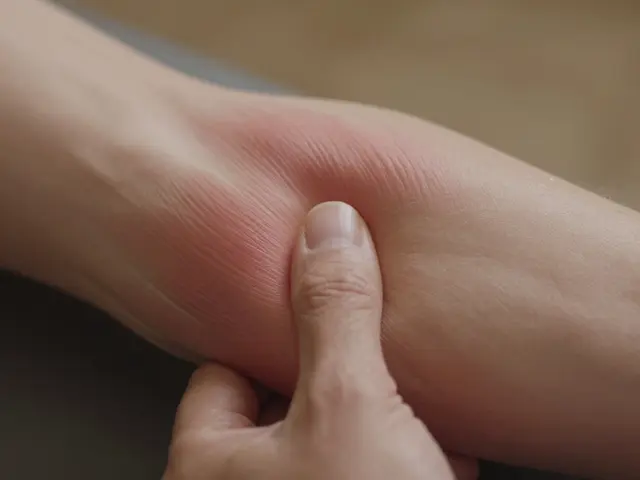Maternity Massage: Safe Relief and Practical Tips for Pregnancy
Pregnancy changes your body fast—sore lower back, swollen feet, tight hips. Maternity massage can help ease those aches, improve sleep, and reduce stress without drugs. This guide gives clear, practical steps so you know what to expect, how to stay safe, and how to choose the right therapist.
What to expect in a session
A good prenatal massage lasts 45–60 minutes. You usually lie on your side with pillows or sit semi-reclined; face-down tables are skipped after the first trimester unless the table has a safe cut-out. Therapists use lighter pressure than deep tissue work—think long smooth strokes, gentle kneading, and techniques to move fluid in swollen areas. Sessions focus on lower back, hips, shoulders, neck, and legs. Talk to the therapist about any specific pain and how pressure feels during the session.
Bring loose clothing and plan time afterward to rest. Hydrate well before and after the massage—moving fluids helps your body clear out metabolic waste and reduces post-massage soreness. If you feel dizzy or uncomfortable during the session, speak up right away; your therapist can adjust position or pressure.
Safety: when to get one and when to wait
Always check with your OB or midwife before starting prenatal massage. Most low-risk pregnancies are fine, but skip massage or get medical clearance if you have high blood pressure, preeclampsia, placenta problems, severe swelling, unexplained bleeding, or a history of blood clots. Avoid deep pressure on the calves if you’re at risk for deep vein thrombosis—therapists trained in prenatal care will know alternatives like light lymphatic work.
Timing matters: many people wait until after the first trimester when the risk of miscarriage drops, but medical advice trumps general rules. Choose therapists who list prenatal training on their profile and who know which points or intense techniques to avoid during pregnancy.
Practical tips for picking a therapist: ask if they’re certified in prenatal or maternity massage, how many pregnant clients they’ve treated, and if they have a pregnancy table or pillows. Read recent reviews and ask how they handle common pregnancy issues like sciatica or swollen ankles.
At-home care: elevate your feet when sitting, sleep with a pillow between your knees, try gentle calf and foot strokes to reduce swelling, and do simple pelvic tilts for lower back relief. If pain is sudden or severe, contact your healthcare provider instead of relying on massage alone.
Maternity massage can be a simple, drug-free way to ease pregnancy discomfort when done right. Check with your care team, choose a trained therapist, and speak up during the session—your comfort and safety come first.

Experience the Magic of Prenatal Massage
Discover the calming benefits of prenatal massage, a wonderful way to ease those pregnancy aches and enhance well-being. We'll explore how these massages help with relaxation, improve circulation, and reduce anxiety. Learn the essential tips to ensure a safe and soothing experience, and why consulting a professional massage therapist is key. Dive into this indispensable guide for every expecting mom looking for comfort during pregnancy.
Categories
- Health and Wellness (148)
- Alternative Therapies (86)
- Massage Therapy (40)
- Travel and Culture (15)
- Beauty and Skincare (9)
- Holistic Health (8)
- Health and Fitness (5)
- Spirituality (5)
- Other (2)
- Personal Development (2)
Popular Articles



